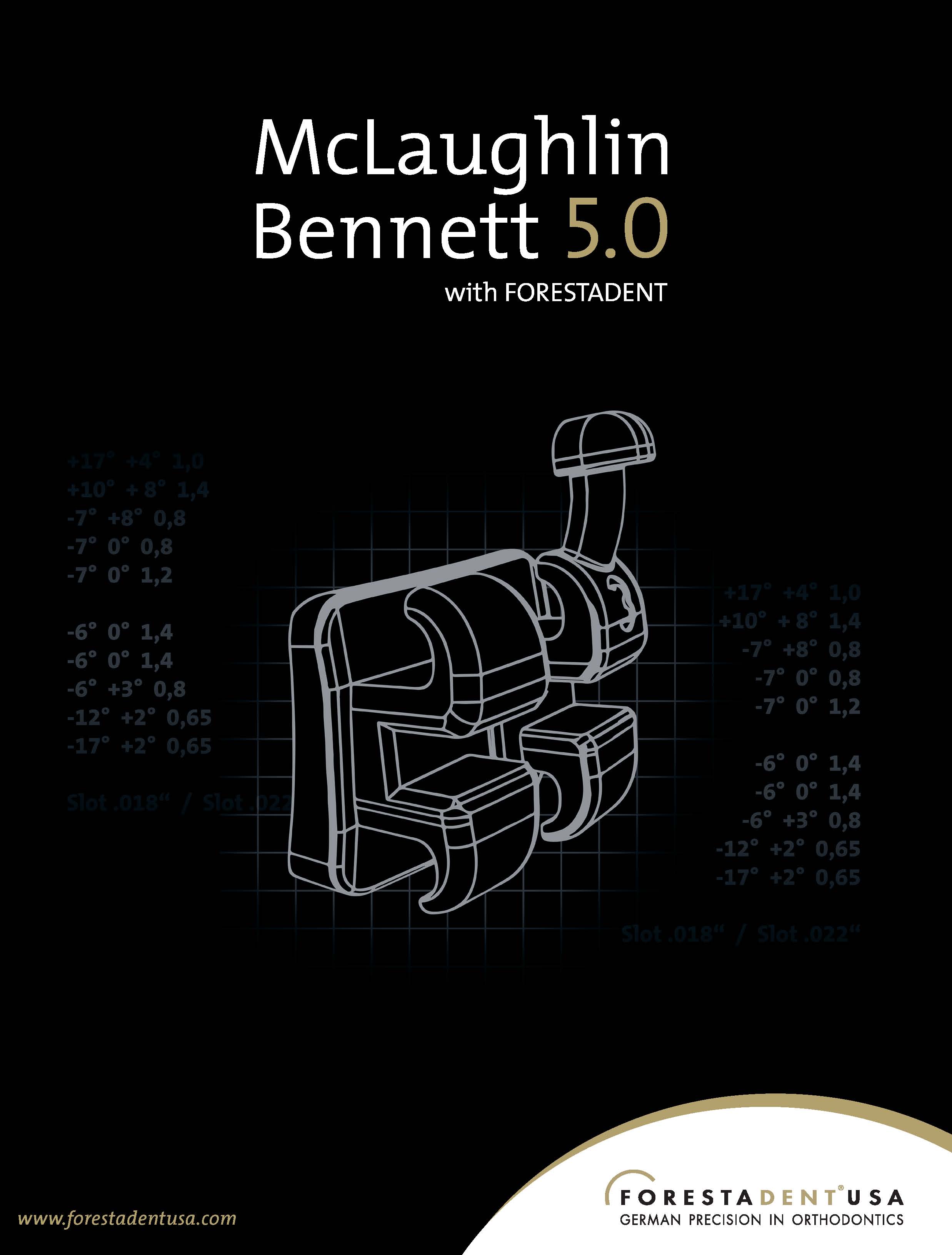As one of Invisalign’s “Early Adopters,” I have developed a deep appreciation for what this appliance system can do. At first, we were pretty much limited to Class I cases involving minor crowding or spacing. Over the years, though, I gradually attempted more and more complex cases with aligners. I was among the first to try extraction cases, and I even treated a couple of surgical-orthodontic patients—up to the point where the surgeon asked me to place braces for intermaxillary fixation so he wouldn’t have to insert Risdon wires or arch bars.
Today, with a digitized patient database of more than 5 million cases, aligner orthodontics has essentially become a scientific and clinical subspecialty of its own. At this point, I feel confident in treating almost any case with aligner therapy. Indeed, I find that braces have become a rarity in my practice, greatly reducing my inventory requirements. In addition to the obvious esthetic advantages, Invisalign is an excellent alternative to fixed appliances for patients with substantial restorations. Oral hygiene is greatly facilitated, and forces can be delivered very gently by simply requesting more gradual tooth movement in the ClinCheck. This is a particular advantage in a post-periodontal case with diminished bone support. A further benefit is that my patients are usually delighted by the ability to view their predicted end results in the ClinCheck projections.
Similar articles from the archive:
- THE EDITOR'S CORNER The Evolution of Invisalign February 2017
- JCO INTERVIEWS Mr. Joseph Hogan on Align Technology February 2017
It seemed obvious from the start that adult patients would enthusiastically endorse clear-aligner therapy. One of my first aligner cases was a 35-year-old male trial attorney who wanted straight teeth, but was concerned that visible appliances would negatively affect the way he was regarded in the courtroom. All of us have heard similar remarks from our teenage patients’ parents: how they would love to have their teeth straightened but do not want braces because of their appearance. Many of the adults seeking treatment with aligners had braces as adolescents but let their retention protocols lapse. Those who have experienced both braces and aligners inevitably report that the aligners are less painful.
Although Invisalign was limited to adult patients in the early days, that restriction disappeared several years ago with the development of Invisalign Teen. More recently, Align Technology has introduced Invisalign First, a clear-aligner approach to Phase I treatment. I will be starting one of my granddaughters—a 10-year-old Class II, division 1 deep-bite case in her late mixed dentition—with Invisalign Teen as soon as school gets out this summer. You can bet I will not accept anything but excellence in the outcome of my own granddaughter’s treatment, and I have no doubt that I can achieve such results using Invisalign.
In years past, I had to tell potential patients that “aligners are only good for minor tooth movement; they really can’t be used for more complicated cases.” Applications for aligner mechanics are now essentially limitless. As a further example, in this issue of JCO, Drs. Anderson Huang and Darren Huang present four cases demonstrating the versatility of clear aligners in adult interdisciplinary treatment. Included are patients who required space creation for implant placement and decrowding; bilateral molar uprighting in the presence of excessive overjet and crowding; complete closure of the space of a missing molar, obviating the need for either a bridge or an implant; and intrusion of an upper molar to provide interocclusal space for a lower implant.
While I am quite certain that fixed orthodontic appliances utilizing bands, brackets, and archwires will never be completely eliminated, these cases illustrate the much broader range of treatments now easily within the reach of aligner orthodontics. I sincerely believe that such options present significant advantages for patients and practitioners alike.
RGK


